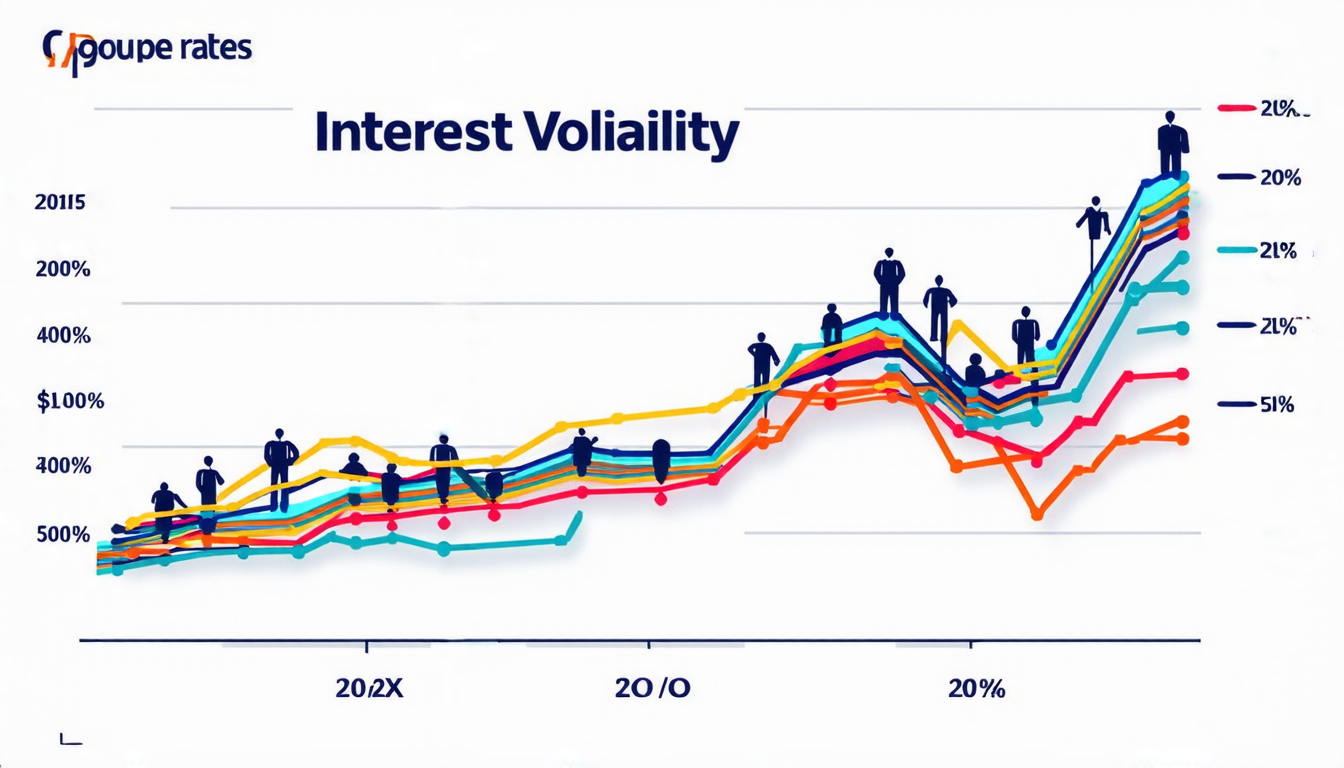Tuesday 25 March 2025
For years, financial experts have been grappling with a complex problem: how to accurately price and manage financial instruments that are sensitive to uncertainty in both interest rates and stock market volatility. These instruments, known as equity-indexed annuities, offer policyholders a guaranteed minimum return on their investments, but their value is highly dependent on the performance of underlying assets.
To tackle this challenge, researchers have developed sophisticated mathematical models that attempt to capture the intricacies of these financial instruments. One such model is the Uncertain Volatility Model (UVM), which simulates the behavior of interest rates and stock market volatility using a combination of stochastic processes and machine learning algorithms.
The UVM is particularly useful for pricing equity-indexed annuities, as it can accurately account for the complex interactions between interest rates, volatility, and policyholder behavior. By incorporating these factors into their models, financial institutions can make more informed decisions about the investments they offer to clients.
But how does the UVM work? In essence, it uses a combination of mathematical formulas and machine learning techniques to simulate the behavior of interest rates and stock market volatility over time. This simulation allows researchers to estimate the probability distribution of future outcomes, which in turn enables them to calculate the fair value of equity-indexed annuities.
One key innovation of the UVM is its ability to account for the impact of uncertainty on financial markets. By incorporating uncertain volatility into their models, researchers can better capture the unpredictable nature of market fluctuations. This, in turn, allows them to generate more accurate predictions about the performance of equity-indexed annuities.
The UVM has also been shown to be highly effective in pricing equity-indexed annuities with early surrender risk, a feature that allows policyholders to withdraw their investments before maturity. By incorporating this risk into their models, financial institutions can better manage the potential liabilities associated with these instruments.
In addition to its practical applications, the UVM has also shed new light on some fundamental aspects of finance. For example, researchers have used the model to study the impact of interest rate uncertainty on the value of equity-indexed annuities, and have found that even small changes in interest rates can have a significant effect on their value.
Overall, the Uncertain Volatility Model represents an important advance in the field of financial mathematics.
Cite this article: “Uncertain Volatility Modeling: A Breakthrough in Pricing Equity-Indexed Annuities”, The Science Archive, 2025.
Equity-Indexed Annuities, Uncertain Volatility Model, Interest Rates, Stock Market Volatility, Financial Instruments, Mathematical Models, Machine Learning Algorithms, Stochastic Processes, Pricing, Financial Mathematics







